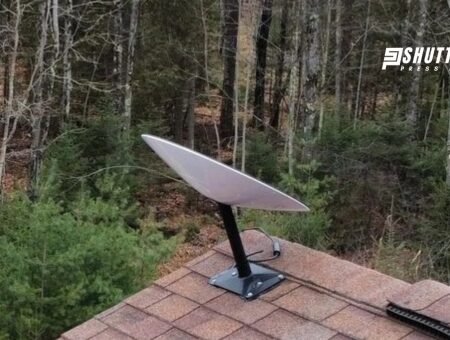Have you ever wondered if the high-tech satellite service, Starlink, can reach you through the deep stretch of woods surrounding your home? Imagine having lightning-fast internet amidst the tranquility of a forest; it sounds like a dream!
Many folks living in secluded, tree-filled areas struggle to find reliable internet. But now, with innovative satellite technology coming into play, could this be the game changer we’ve been waiting for? Keep reading as I dig into Does Starlink Work in a Wooded Area? and what you might expect.
If you’re nestled in a cozy cabin surrounded by an ocean of trees, obtaining a clear sky view for satellite signals could be tricky. Still, it doesn’t mean you’re out of options.
While dense forest can cause some hiccups in connectivity due to trees blocking that direct path from your dish to the satellites up above, don’t lose hope yet! Best practices for dish placement and helpful tools are available to give your Starlink service a fighting chance against those leafy barriers.
Understanding Starlink’s Technology
Starlink is a constellation of thousands of satellites that orbit the planet much closer to Earth, at about 550km, and cover the entire globe. Because Starlink satellites are in a low orbit, latency is significantly lower—around 20 ms vs 600+ ms.
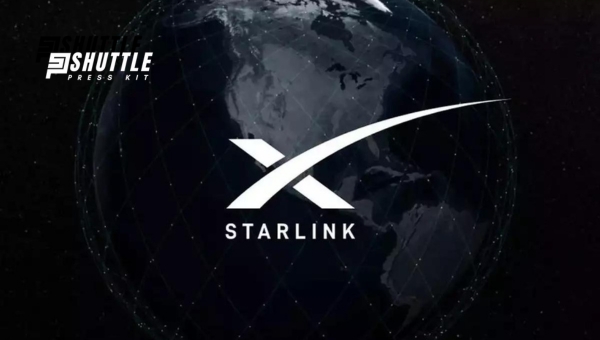
Tree Coverage Impact on Satellite Signals
Now imagine you’re playing catch but there’s a big bush in the middle. It’s harder to catch the ball, right? That’s what trees do to Starlink signals—they get in the way.
When you’re under a lot of trees, it’s like that bush; they block and mess with the signal from those little satellites I mentioned before. So if your house is in a place with lots of trees around it, getting this fast internet can be tricky because of all that green stuff blocking your way.
Also Read: How to Cancel Starlink? – Quick Steps for Opting Out
Does Starlink Work in a Wooded Area?
When it comes to wooded areas, Starlink’s efficiency can be somewhat impacted. Trees and dense foliage can interfere with the signal transmission between the user’s satellite dish and SpaceX’s low-Earth orbit satellites. This happens because trees can block or degrade the path of the signal, which relies on a clear line of sight to function optimally.
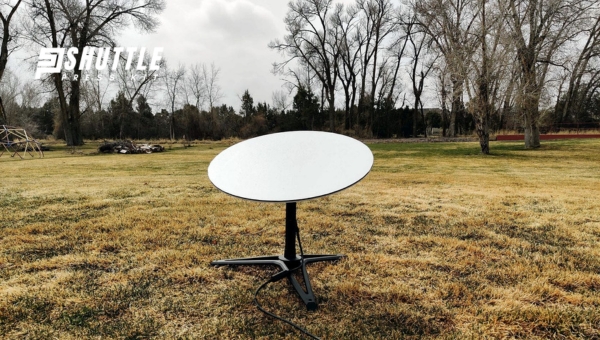
Factors such as tree height, leaf density, and moisture content can affect signal quality. That said, if users manage to secure a clearing or an opening in the tree canopy for their dish installation, Starlink has proven capable of delivering reliable internet service even in forested regions.
Tips to Maximize Starlink Connectivity in Forested Regions
Achieving optimal Starlink satellite internet performance can be challenging in densely forested areas due to obstructions that interfere with the line of sight between the receiver dish and satellites.
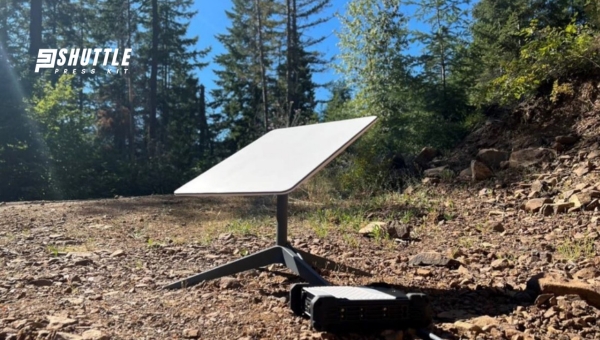
To ensure a strong and stable connection while surrounded by trees, it’s important to undertake specific measures tailored to such environments.
- Elevate the Dish: Mounting your Starlink dish at the highest possible point minimizes obstructions from tree foliage. Consider secure mounting options on a tall structure or custom pole to increase elevation.
- Find Clearings: Use any natural clearings or areas where the tree canopy is less dense for dish placement. These open spots offer broader patches of sky, potentially enhancing satellite visibility and signal strength.
- Utilize Advanced Mapping Tools: Employ satellite mapping tools or apps that can help you identify parts of your property with the best overhead line-of-sight paths to optimize dish placement by avoiding blocking angles caused by tree cover.
- Regular Maintenance: Keep nearby trees trimmed to prevent branches from growing into the path between your Starlink dish and the sky. Over time, unchecked growth can compromise signal quality.
Following these steps should assist in reducing connectivity issues associated with forested locations, leading to improved internet performance through Starlink’s network.
Also Read: How to Access Starlink Router Settings? – Easy Guide
Real User Experiences with Starlink Work In a Wooded Area’s
This is the most common question asked by potential Starlink users living in heavily wooded remote areas. Starlink satellite is the new solution to internet problems in remote areas.
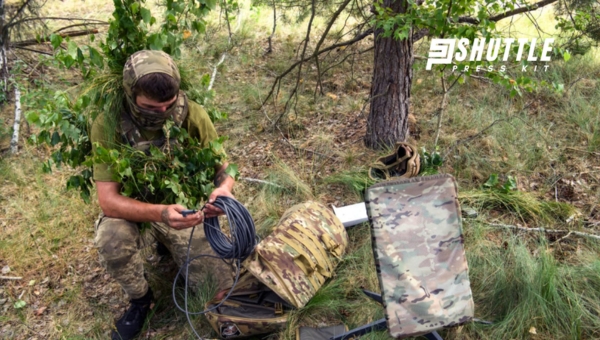
However, obstruction is the biggest challenge users face. While Starlink can work under trees, the performance will be impacted, resulting in slow speed, interrupted service, buffering, and packet loss.
The company says their service will have a great performance where the antenna has a clear view of the satellites in the sky.
Case Studies / Testimonials
I’ve heard from some folks who have tried to set up Starlink in places with lots of trees. They tell me that it can be a bit of a challenge, but they’ve still managed to get it working.
One user said they had to find a spot where the trees were not too thick overhead. Once they did that, their internet started working fine. Another person mentioned setting up the dish high on their roof, above the tree line—that seemed to do the trick for them.
Expert Recommendations
Experts seem to agree on one big thing: clear sky matters for Starlink to work well, especially in wooded areas. Some recommend using special poles or mounts to raise your dish closer to the sky, beyond the reach of tall tree branches.
Other tips include regularly trimming back any branches that might grow and block your dish’s view of the sky as time goes by. By following this advice from people who know what they’re talking about, you can usually get around those tricky tree-related hindrances and enjoy solid satellite internet service with Starlink—even among the quiet of forested surroundings.
Also Read: Starlink Warranty And Claim Guide: Easy Steps Revealed
Frequently Asked Questions
Do you need insurance for your drone business?
Yes, if you run a drone business, it’s wise to get insurance. It can protect you from costly incidents that happen while operating drones.
When don’t you need drone coverage?
If you fly a drone for fun and not for work or money, then you may not need special insurance. But always check your local rules.
What is personal drone insurance?
Personal drone insurance covers you when flying for non-commercial reasons. It can help pay for damages if your drone accidentally hurts someone or something.
What is commercial drone insurance?
Commercial drone insurance protects businesses using drones. This type of coverage helps with risks related to professional use, like accidents or equipment damage.
Also Read: Starlink Port Forwarding Guide: Steps for Secure Connections
Conclusion
I’ve walked through the forested path of whether Starlink can work in wooded areas. Yes, there are challenges—trees do block signals, and a clear line of sight is crucial for that elusive strong connection.
But with strategic dish placement and perhaps some helpful accessories, you can often overcome these natural hurdles. Testimonials show that many have navigated this successfully, proving it’s not an impossibility.
When the trees become too much to contend with or your needs are significant, it’s worth looking into alternatives too. The aim is to stay connected—even when you’re wrapped in nature’s embrace.
